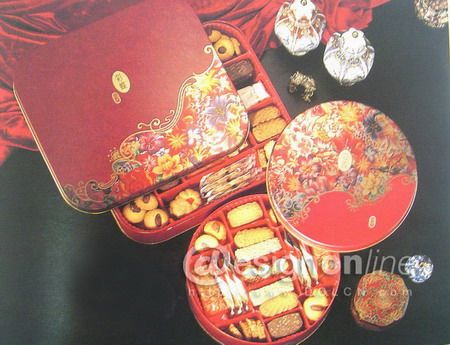Tianyuan place of space view
Tianyuan is a kind of understanding of the shape of heaven and earth in ancient China. This kind of understanding has a long history and deep roots. During the two millennia from the Qin and Han Dynasties to the Ming and Qing Dynasties, all the emperors used this knowledge to build squares and squares for the places where they worshiped heaven and earth. The Temple of Heaven and the altar in Beijing are the spatial patterns of the heavens and the earth. This is due to the intuitive experience of the ancient people having distinctly different movement characteristics for objects of different shapes in real life: circular objects have the characteristics of easy rotation, and square objects have the characteristics of stability and movement. Therefore, “Zhuangzi Tiandao†There is a cloud: "It's also moving, it's also quiet." It can be said that Tianyuan is a unique and intuitive cosmic schema of Chinese people. However, the concept of square and round is different from the squares and circles that Chinese people understand in Chinese culture. In traditional Chinese culture, there are not only the “inner circle†(representing a gentle appearance, inner insistence) that represents the personality orientation of the Chinese people, but also the view of life of traditional Chinese scholars who are “between heaven and manâ€. . The square and the circle are not just simple geometric meanings, it contains the philosophical spirit and unique spatial consciousness of Oriental culture. Design Online. China
In modern design activities, square and round spatial semantics are still used frequently. The design of the National Stadium “Bird's Nest†and the National Aquatics Center “Water Cube†of the Beijing Olympic Stadium is a round space pattern. We will also notice that many items packed with traditional cultural details and festive colors are used in square and round spaces, as shown in Fig. 3 and Fig. 4 for cakes and moon cakes. In fact, this preference of the other party's round space is the unique aesthetic habit and spiritual desire formed by the Chinese nation in the sedimentation of its historical culture for thousands of years.

image 3

Figure 4
We know that the eggs that represent the beginning of life are round, and the sun that lives on everything is round, so the circle represents perfection, harmony, and all goodness. In the Tang Dynasty, Zhang Zhihe said in "The Empty Songs": "Nothing is too natural, the original of nature. Without creation, the end of nature. Concealed suddenly, its shape is paralyzed." And the square is in the five elements of the soil. Shape, this shape, calm ground, has a smooth and progressive spiritual power. Buddhism also believes that the "□" shape has a cohesive and reinforcing role. It is precisely because of the intuitive and perceptual knowledge of the other party and the circle that Fang and Yuan occupy an extremely important position in the traditional plastic art of our country. Zhou Ping in the article “Design of Chinese Utensil Designs†attributed the language of the three changes in the history of Chinese modeling to the following: the first time it was round, the language was mud; the second time it was square, the language was metal; the third time it was both round and round The language is porcelain, and pottery pots, bronze tripods, and Song Mei bottles are representative examples of the three changes. From this we can see that in the long-term precipitation and practice of cultural history, people have given the inner spirit symbol and external aesthetic criteria of the circle and the circle: the completeness and concord of the circle; the tranquility and calmness of the square. This shows that square and round space still play an important role in the packaging design, especially in the traditional packaging modeling, structural morphology expression. In particular, after the packaging is detached from the surface of the decoration, only the space pattern of the circle and the square will exude traditional flavor, so as to be filled with the natural beauty of "Heaven and Mankind" and the tranquil oriental Zen taste.
(to be continued)